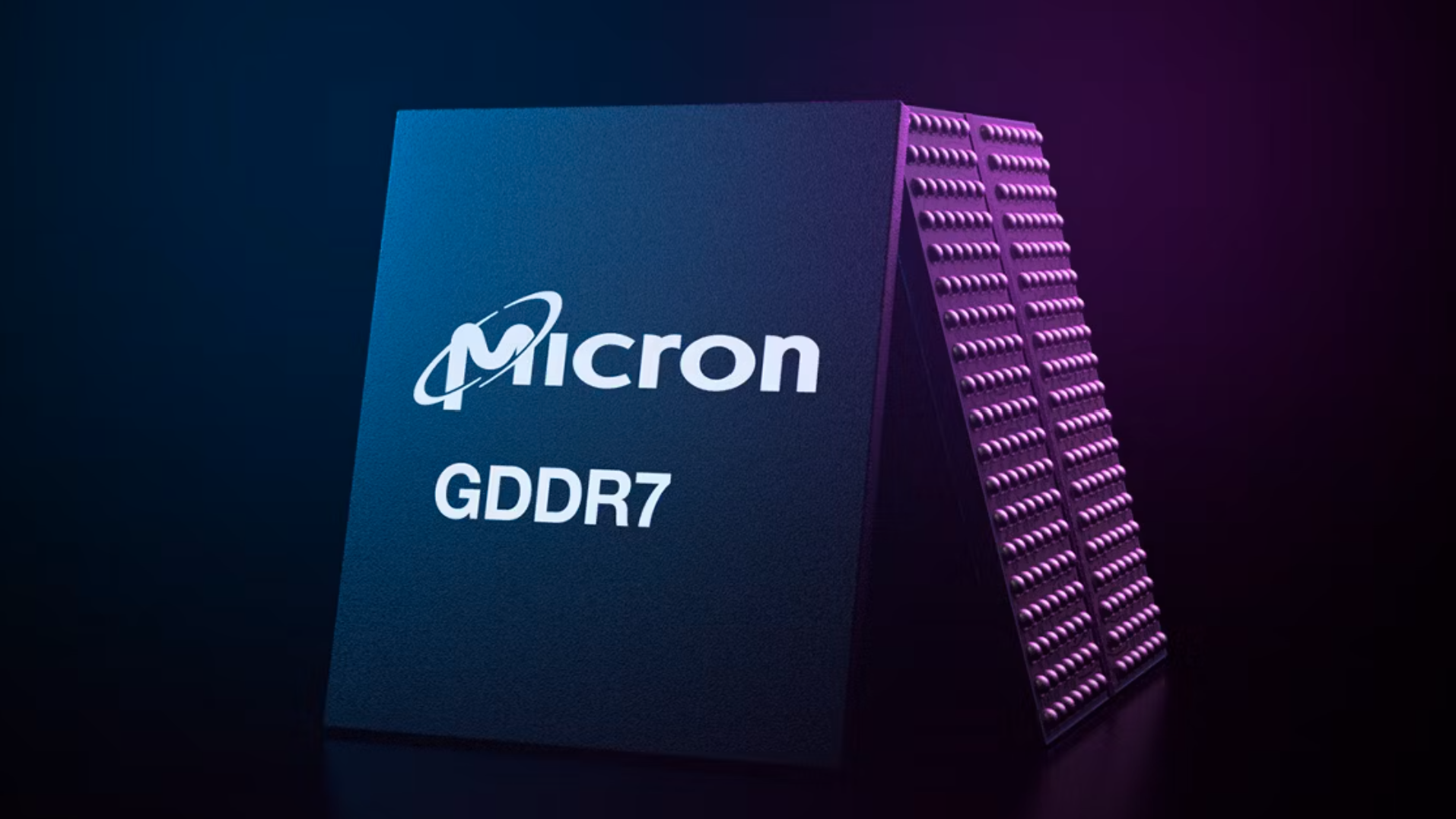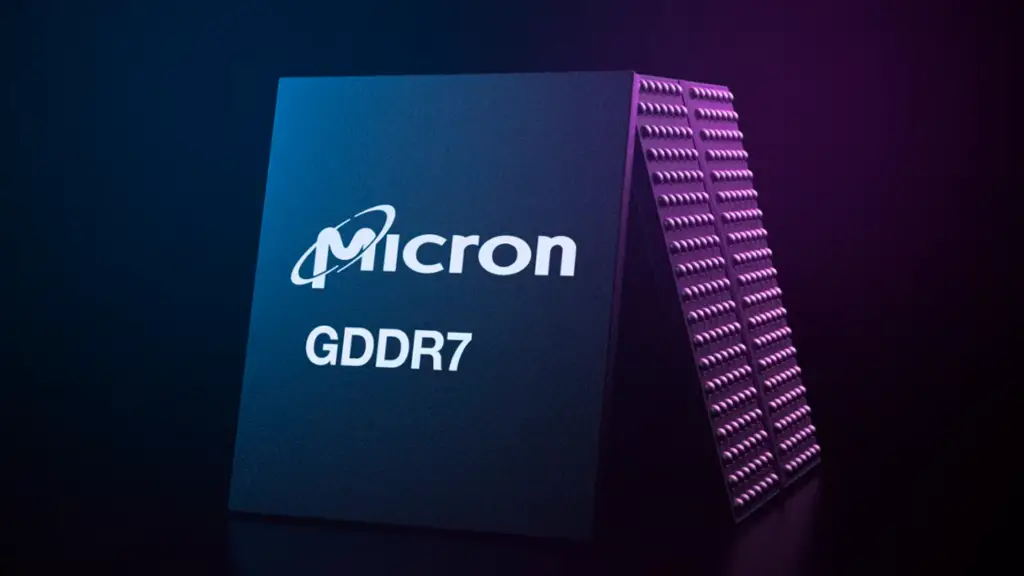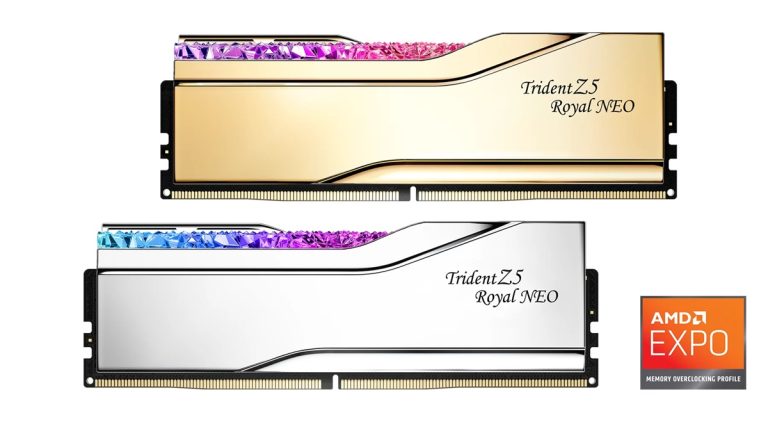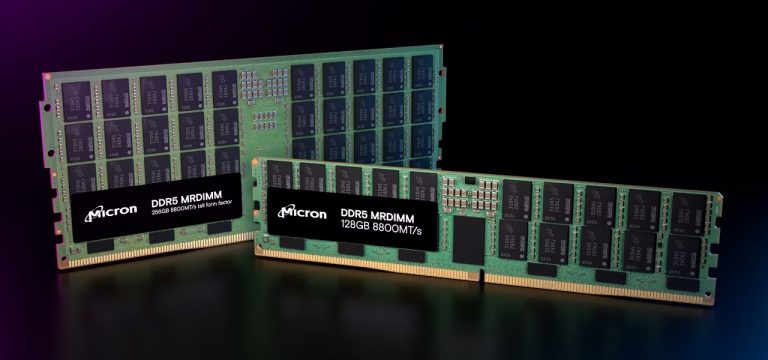
Micron has announced the release of next-generation GDDR7 memory chip samples, boasting the highest bit density in the industry, designed to provide enhanced graphics performance for artificial intelligence (AI) and gaming GPUs. Micron states that the new GDDR7 offers superior performance, with a 33% increase in throughput and a 20% reduction in latency, making it ideal for contemporary generative AI workloads. Compared to existing GDDR6 and GDDR6X, graphics cards utilizing GDDR7 are expected to achieve over a 30% increase in frame rates at FHD, 2K, and 4K resolutions.

“Micron is once again at the forefront of memory innovation, developing the highest bandwidth solutions available, built with advanced process and interface technology to enable continued graphics performance leadership,” said Praveen Vaidyanathan, vice president and general manager of the Compute Products Group at Micron. “The best-in-class capabilities of Micron GDDR7 memory help bring new levels of realism and performance to the most demanding applications.”
Micron’s GDDR7 is crafted using the 1β (1-beta) process, with optimized power consumption and four independent channels achieving rates of up to 32Gbps, providing system bandwidth exceeding 1.5TB/s. Compared to GDDR6, GDDR7 improves energy efficiency by more than 50%, increases bandwidth by 60%, and offers superior thermal performance, extending battery life and introducing new sleep functions that reduce standby power consumption by 70%.
Unlike the NRZ/PAM2 signaling used in GDDR6 or the PAM4 mechanism co-developed by NVIDIA and Micron for GDDR6X, GDDR7 employs PAM3 signaling. NRZ/PAM2 transmits 1 bit of data per cycle, PAM4 transmits 2 bits per cycle, while PAM3 transmits 3 bits of data over two cycles.
Micron has indicated that GDDR7 chips will commence shipping in the second half of 2024.


